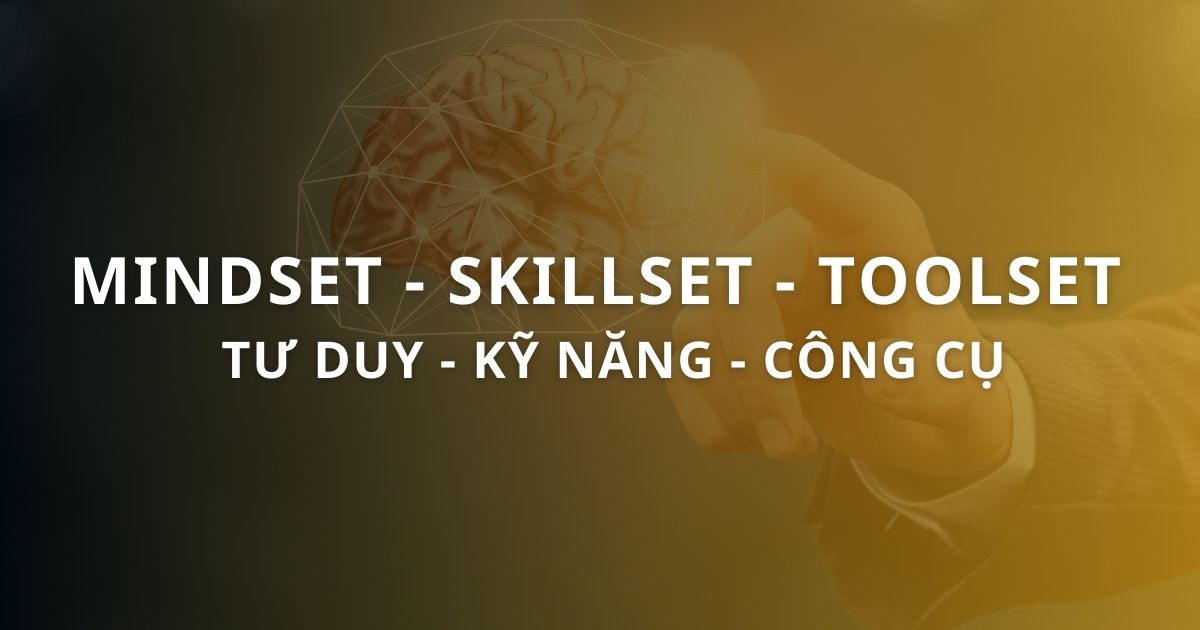Leaders have the ability to create highly effective culture or not? To answer this important question, in a strategy meeting of the leaders of Fortune-500 company, has posed 3 questions the premise is as follows:
1) How does culture drive performance?
2) What is culture worth?
3) What processes in an organization affect culture?
This article will mentioned to the above questions, and stressed the leaders have the ability to create a high performance culture.
1. How does culture drive performance?
Motivation decide the effectiveness of work-through 'the formula ' total motivation (ToMo)
Tomo = [Do what you like + Work + potential significance is promoted] - [Pressure Pressure spirit + economic + inertia]
It shows that: company culture creates motivation, motivation and make up the difference!
2. What is culture worth?
The culture of an organization will impact to customer satisfaction. A simple example as follows: customers of travel but the satisfaction of customers between the airlines is very different. When measuring the total driving force of four major airline employees, and compare their organization's culture with the results of the customer satisfaction (measured by the ACSI, University of Michigan), we found that the culture of an organization (as measured by ToMo) was meet the customer's satisfaction.
In other words, cultures that inspired more play, purpose, and potential, and less emotional pressure, economic pressure, and inertia, produced better customer outcomes.
3. What processes in an organization affect culture?
We have asked thousands of managers how they would define a high-performing culture. Most don’t have a great definition. So here is one: Culture is the set of processes in an organization that affects the total motivation of its people. In a high-performing culture, those processes maximize total motivation.
When we measured how different processes affect employees’ total motivation, we learned a couple things:
The first factor: Process of Tomo affect workers. Some companies make special efforts to design a highly motivating role. Toyota encourages play by giving factory workers the opportunity to come up with and test new tools and ideas on the assembly line. W. L. Gore & Associates gives people free time and resources to develop new ideas. And Southwest Airlines encourages their people to treat each customer interaction as play — perhaps you’ve seen how some flight attendants have turned boring safety announcements into comedy sketches.
The next factor is: the identity of an organization, which includes its mission and behavioral code. For example, Medtronic enables its engineers and technicians to see the medical devices they’ve made in action, so that they can see the purpose of their work. The Chief Talent Officer at UCB Pharmaceuticals told us how he recently started inviting patients to executive meetings, so the people making decisions can see how their work makes a difference. And a Walmart executive told us that he kicked off management meetings by reviewing how much money his division had saved customers—rather than how much money Walmart had made.
The third most sensitive element is the career ladder in an organization. Recently, many companies have concluded that their system of evaluating their people, which drives the promotion process, tends to destroy performance. Systems where employees are stack-ranked or rated against each other will increase emotional and economic pressure, reducing total motivation and thus performance. As a result, companies from Microsoft to Lear are moving away from performance review systems that foster unhealthy competition.
Culture is an ecosystem. The elements of culture interact with and reinforce each other. One example is sales commissions. In general, we found that having a sales commission decreases the ToMo of an individual. However, if that individual also believes that their work materially helps their customers, the commission increases their ToMo. This makes sense through the lens of total motivation: if you don’t believe in what you’re doing, the commission becomes your motive. If you do believe in what you’re doing, the commission is gravy. It may even help you track your progress, increasing play.
So, the leadership can do to create a high performance culture?
Looking at all these processes together, it’s clear that culture is the operating system of an organization. Senior leaders can build and maintain a high-performing culture by teaching managers to lead in highly motivating ways. For example, one study of bank branch managers showed that offering high-ToMo leadership training led to a 20% increase in credit card sales and a 47% increase in personal loan sales.
A great culture is not easy to build — it’s why high performing cultures are such a powerful competitive advantage. Yet organizations that build great cultures are able to meet the demands of the fast-paced, customer-centric, digital world we live in. More and more organizations are beginning to realize that culture can’t be left to chance. Leaders have to treat culture building as an engineering discipline, not a magical one.
Source Harvard Business Review









.jpg)
.jpg)
